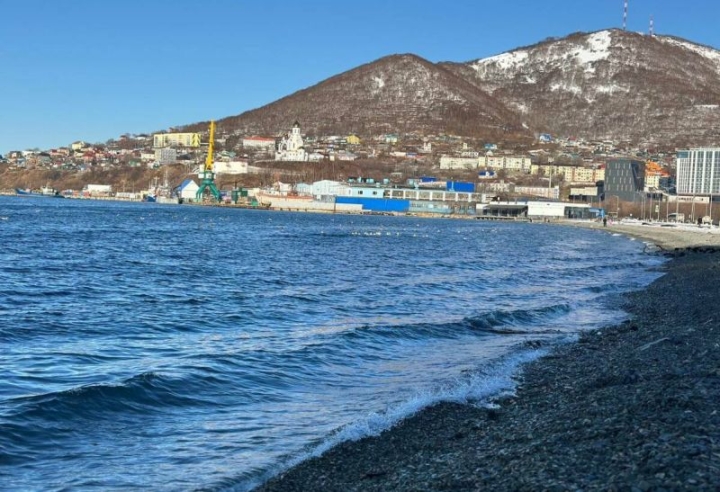
Kamchatka, Russia’s breathtaking Far Eastern peninsula, is embarking on an ambitious environmental initiative to significantly improve the ecological health of its iconic Avacha Bay. Authorities in the Kamchatka Krai government have confirmed plans for a comprehensive cleanup operation, integrated into the approved master plan for Petropavlovsk-Kamchatsky, the region’s administrative center. This multi-faceted effort aims to drastically reduce the human impact on the bay’s pristine waters.
At the heart of this environmental overhaul lies a substantial investment in modernizing the region’s wastewater infrastructure. The project includes the construction of a cascade of new sewage pumping stations strategically located across key areas, including “Torgovy Port,” “Rybny Port,” “Dramteatr,” “Mekhzavod,” “Frunze,” and “Seroglazka.” Concurrently, the existing “Chavycha” wastewater treatment facilities are slated for a significant reconstruction and upgrade, ensuring more efficient processing and discharge of effluent.
The Kamchatka Krai government is working closely with scientific institutions to undertake ongoing, comprehensive ecological monitoring of Avacha Bay. According to current assessments from collaborating scientists, while acknowledging inevitable human impact, the overall situation is not deemed critical. Darya Panicheva, head of the Youth Laboratory for Anthropogenic Dynamics of Ecosystems at Bering KamGU, underscored this point, stating that monitoring data on biota does not indicate a detrimental effect on the ecosystem as a whole.
Panicheva further elaborated on the complexities of marine pollution, acknowledging that shipping, wastewater discharge, and other anthropogenic factors undoubtedly exert negative pressure on marine and oceanic environments. However, findings from the Kamchatka branch of the Pacific Institute of Geography, Far Eastern Branch of the Russian Academy of Sciences, reinforce this perspective, suggesting that phenomena such as deep-water silt accumulation and anoxic events within Avacha Bay are often attributable to natural processes rather than human-induced contamination.
This measured scientific appraisal, however, stands in contrast to a starker warning issued previously by Olga Isaeva, an associate professor at the Department of Biology and Earth Sciences at KamGU. Isaeva had earlier claimed that, disturbingly, “there is no life left” at the bottom of Avacha Bay, painting a far more dire picture of the ecosystem’s health. This divergence in scientific opinion highlights the ongoing debate and the multifaceted challenges in assessing and communicating environmental degradation and recovery efforts in such vital waterways.
The Kamchatka authorities’ commitment to revitalizing Avacha Bay underscores a broader recognition of the imperative to balance regional development with environmental stewardship. As these ambitious infrastructure projects move forward, the bay’s future will remain under close observation, with the interplay of scientific research, government action, and public concern shaping its ultimate fate.